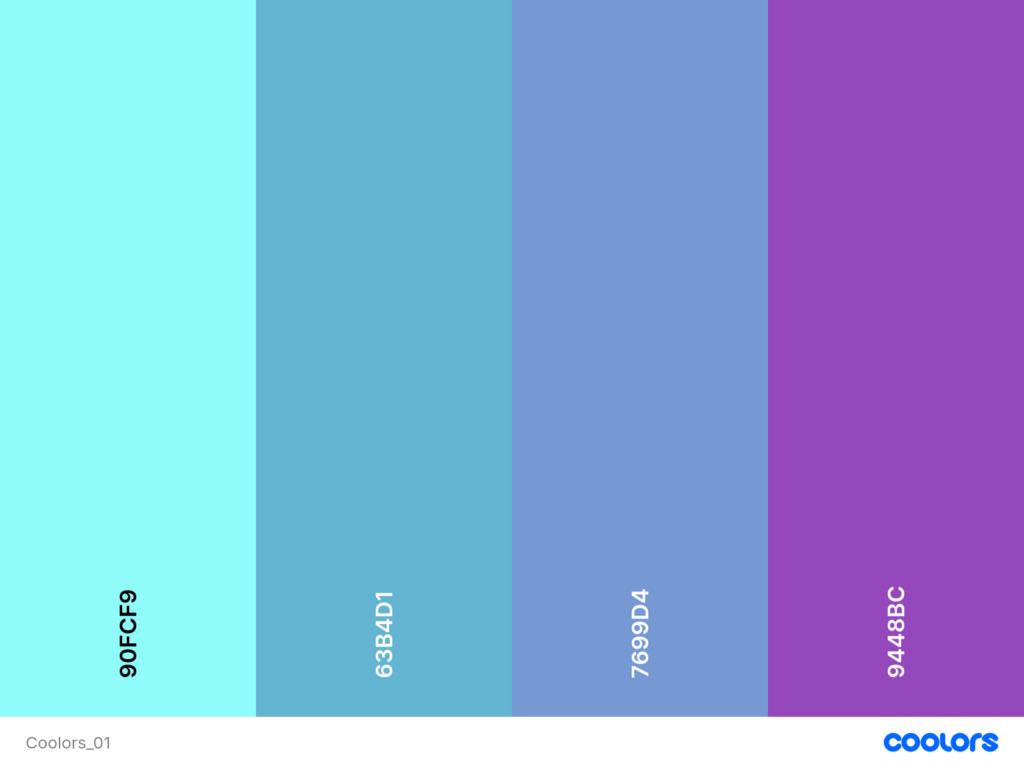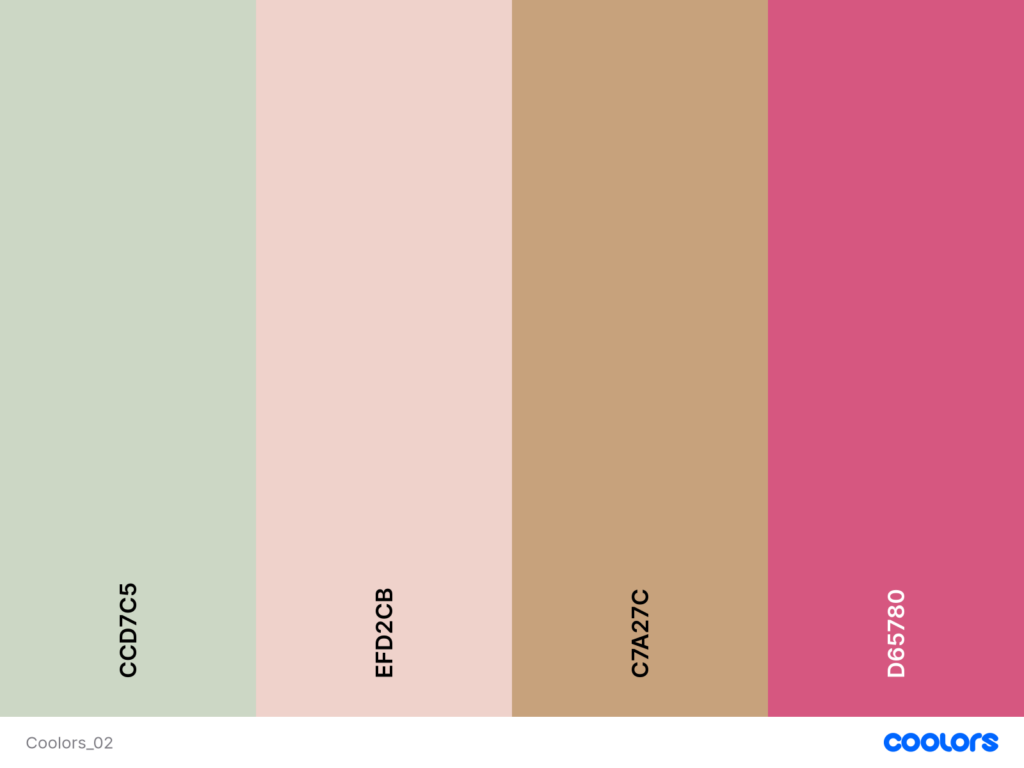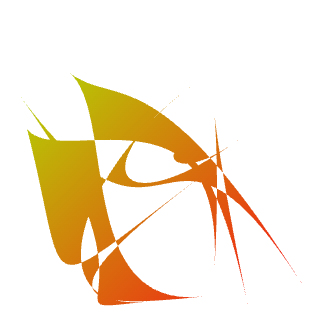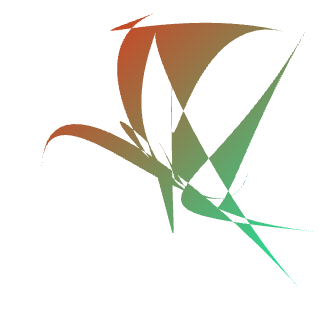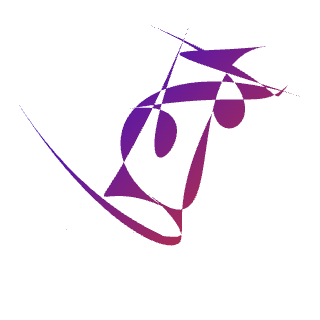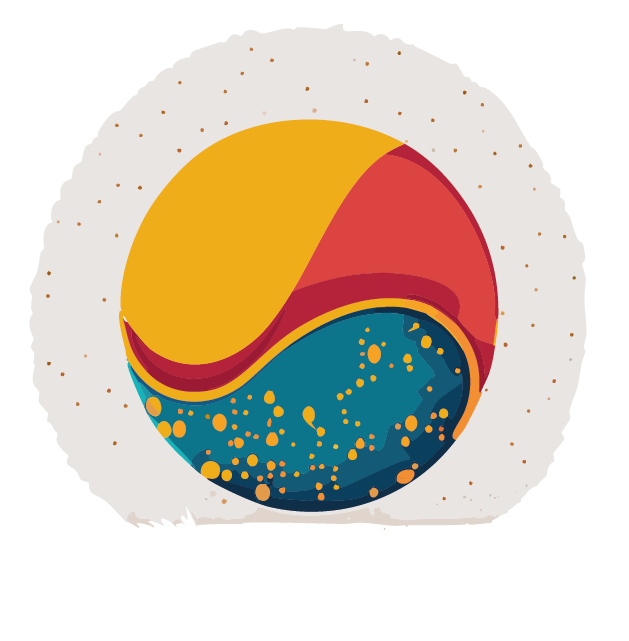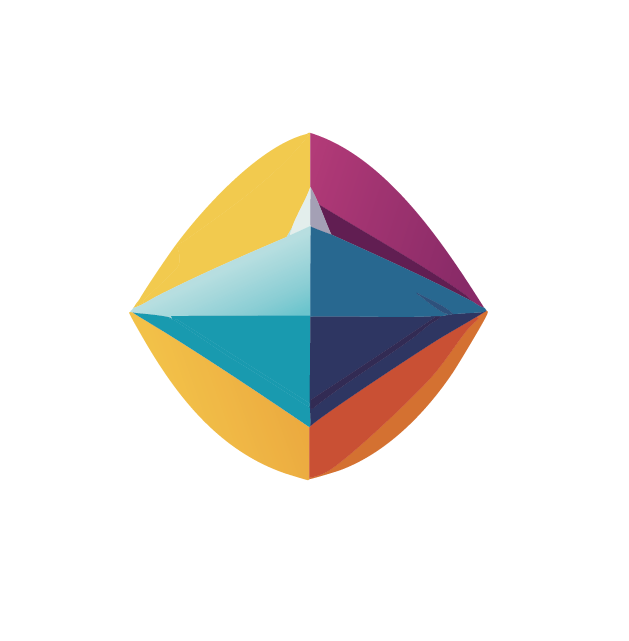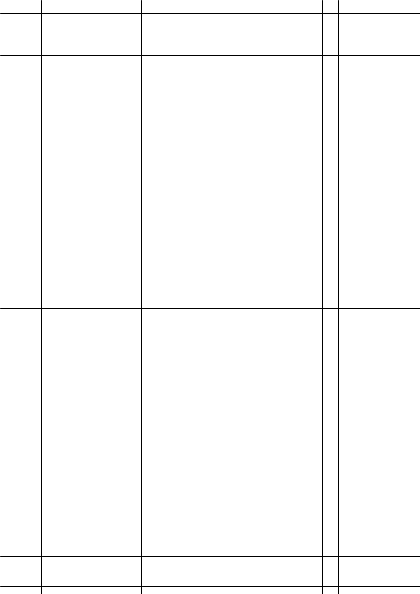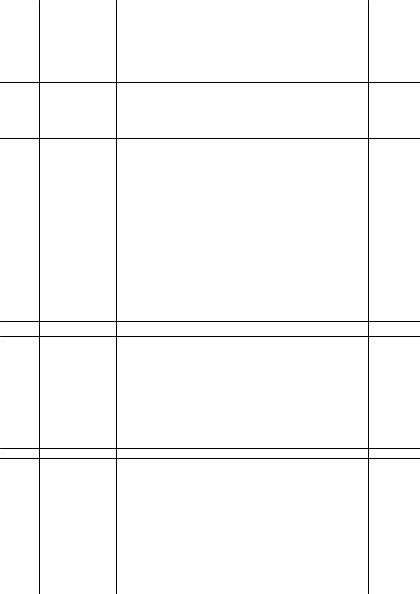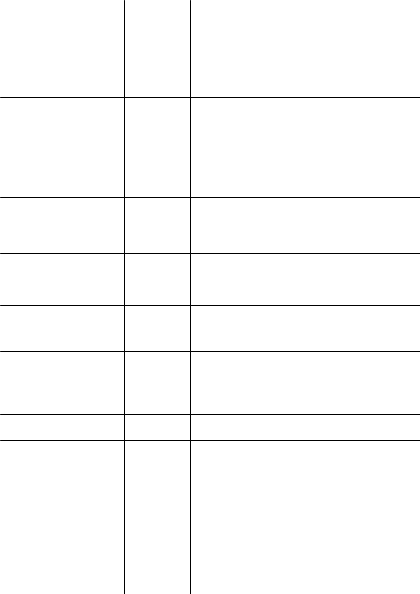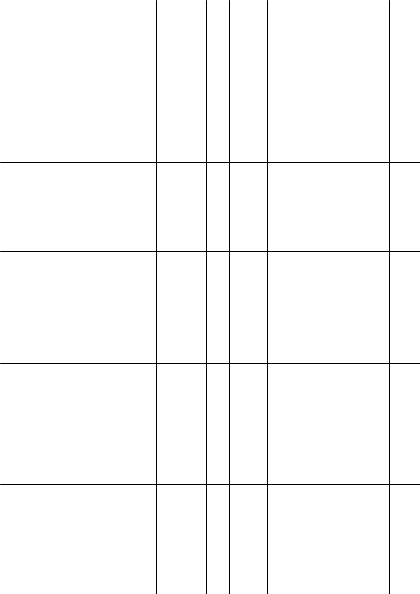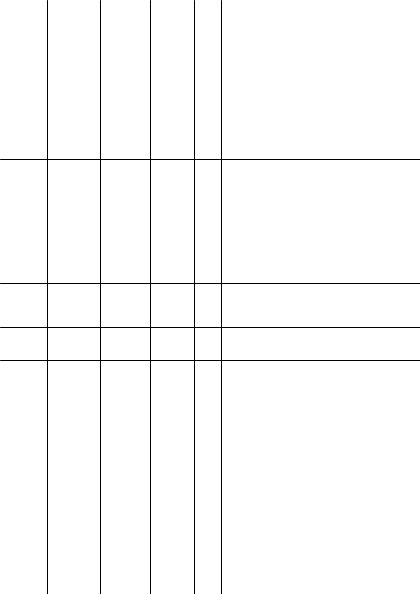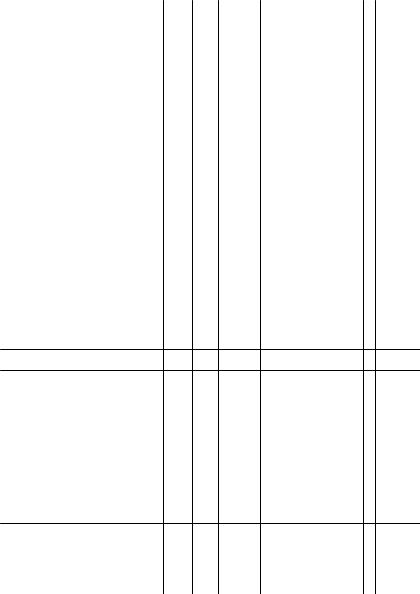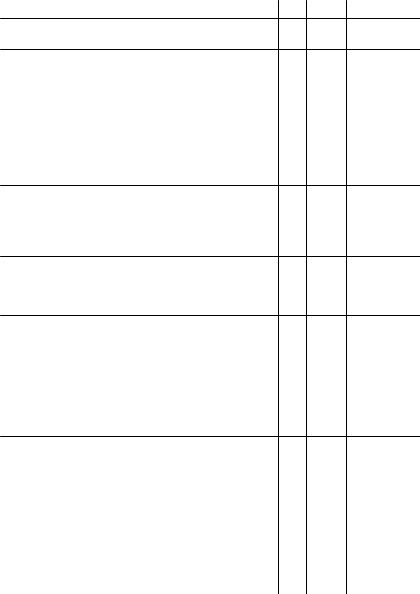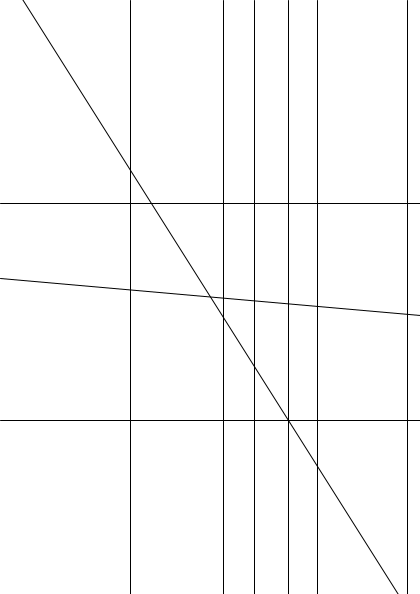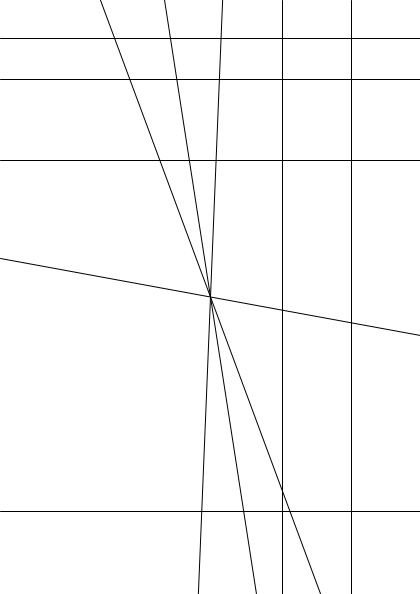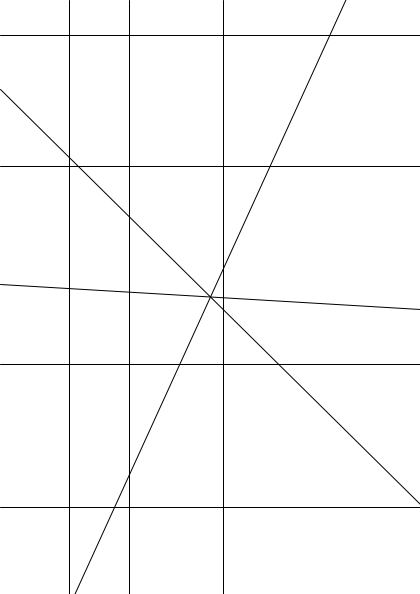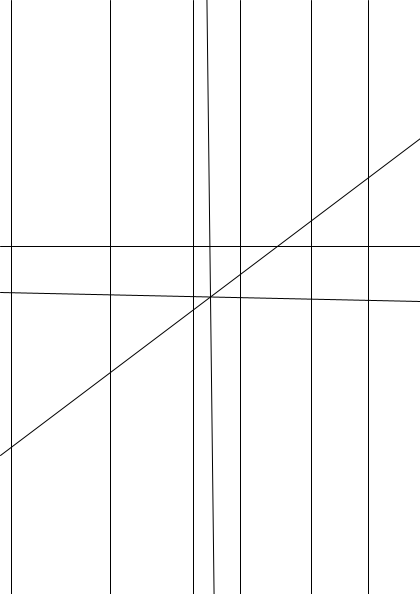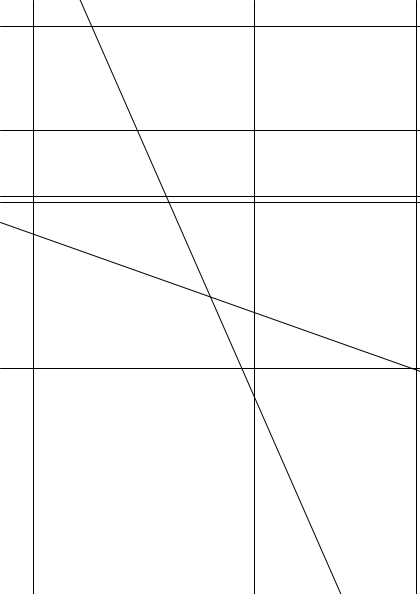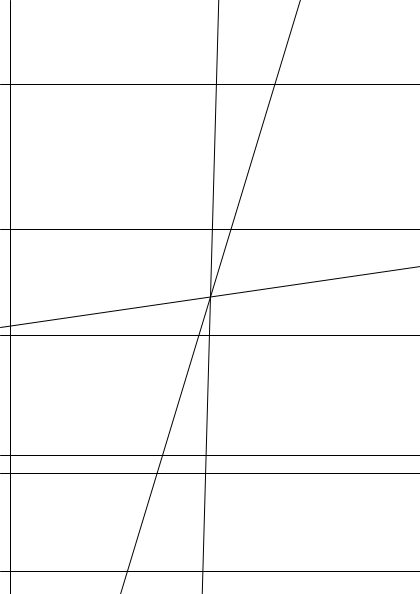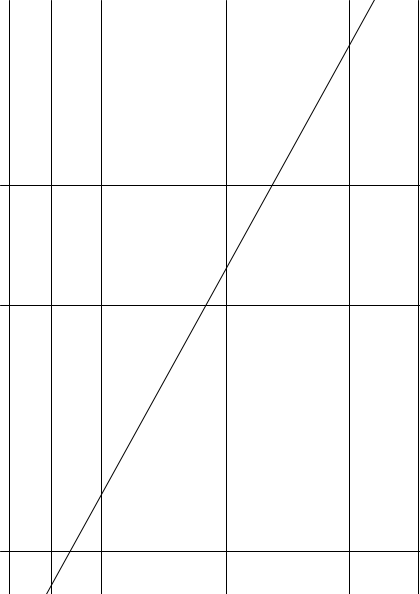Am 13. November 2024 hatte ich die Möglichkeit, meine Ideen für die Masterarbeit mit Gabriele Lechner zu besprechen. In einem sehr konstruktiven Gespräch ging es nicht nur um das Thema, das ich mir ausgesucht hatte, sondern auch um den methodischen Ansatz und das mögliche Feedback, das mir helfen sollte, die nächsten Schritte klarer zu definieren.
Mein Thema im Detail
Ich habe Frau Lechner mein Thema vorgestellt: „Ordnung und Chaos in Grafik Design“. Für mich ist es eine faszinierende Herausforderung, zwei gegensätzliche Konzepte wie Ordnung und Chaos miteinander zu verbinden und im Kontext des Grafikdesigns zu untersuchen. Ich hatte jedoch Zweifel, ob ich mit einem so weiten Thema weiterarbeiten sollte und fragte mich, in welche Richtung ich es am besten lenken könnte.
Frau Lechner fand das Thema äußerst interessant und betonte, dass die Verknüpfung von Ordnung und Chaos im Designprozess noch wenig erforscht sei. Besonders den interaktiven Ansatz, sowohl Designer als auch Nicht-Designer in Experimente einzubeziehen, hielt sie für eine ausgezeichnete Idee. Diese Perspektive könnte helfen, unterschiedliche Wahrnehmungen und Ansätze zu verdeutlichen, was sowohl für die Theorie als auch für die Praxis von großem Wert ist.
Feedback und Überlegungen
Im Gespräch gab es auch wertvolle Hinweise zur Methodik. Frau Lechner hat mir vorgeschlagen, dass ich neben der wissenschaftlichen Recherche auch philosophische Fragestellungen in meine Arbeit einfließen lassen könnte. Ordnung und Chaos sind sehr subjektiv und individuell wahrgenommene Konzepte, weshalb eine philosophische Auseinandersetzung mit diesen Begriffen eine tiefere Dimension in meine Arbeit bringen würde. Sie meinte, dass die Betrachtung dieser Begriffe aus einer philosophischen Perspektive interessante Einsichten darüber liefern könnte, wie Menschen diese Konzepte im kreativen Prozess wahrnehmen und anwenden.
Darüber hinaus fand sie den interaktiven Ansatz mit Designern und Nicht-Designern sehr gut und stellte fest, dass dies eine spannende Möglichkeit sein könnte, unterschiedliche Reaktionen und Einstellungen zu erfassen. Sie hat vorgeschlagen, noch mehr darauf einzugehen, wie diese Konzepte im kreativen Designprozess eingesetzt werden und wie sie zu neuen Perspektiven in der Gestaltung führen können.
Neue Perspektiven
Dieses Gespräch hat mir nicht nur geholfen, Klarheit über meine Vorgehensweise zu gewinnen, sondern auch neue Perspektiven eröffnet, wie ich das Thema weiterentwickeln kann. Besonders die Anregung, philosophische Fragestellungen mit einzubeziehen, hat mich motiviert, mein Thema noch weiter zu vertiefen. Es öffnet neue Räume für kreative und theoretische Überlegungen, die der Arbeit eine zusätzliche Tiefe verleihen werden.
Ich bin nun sehr überzeugt, dass ich das Thema mit einer klareren Richtung und neuen Ideen weiterverfolgen kann. Das Feedback von Frau Lechner hat mir den nötigen Impuls gegeben, um mit frischem Schwung und einer neuen Perspektive in die nächste Phase meiner Masterarbeit zu starten.

















